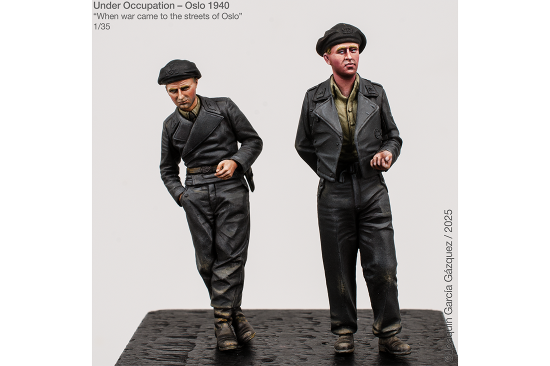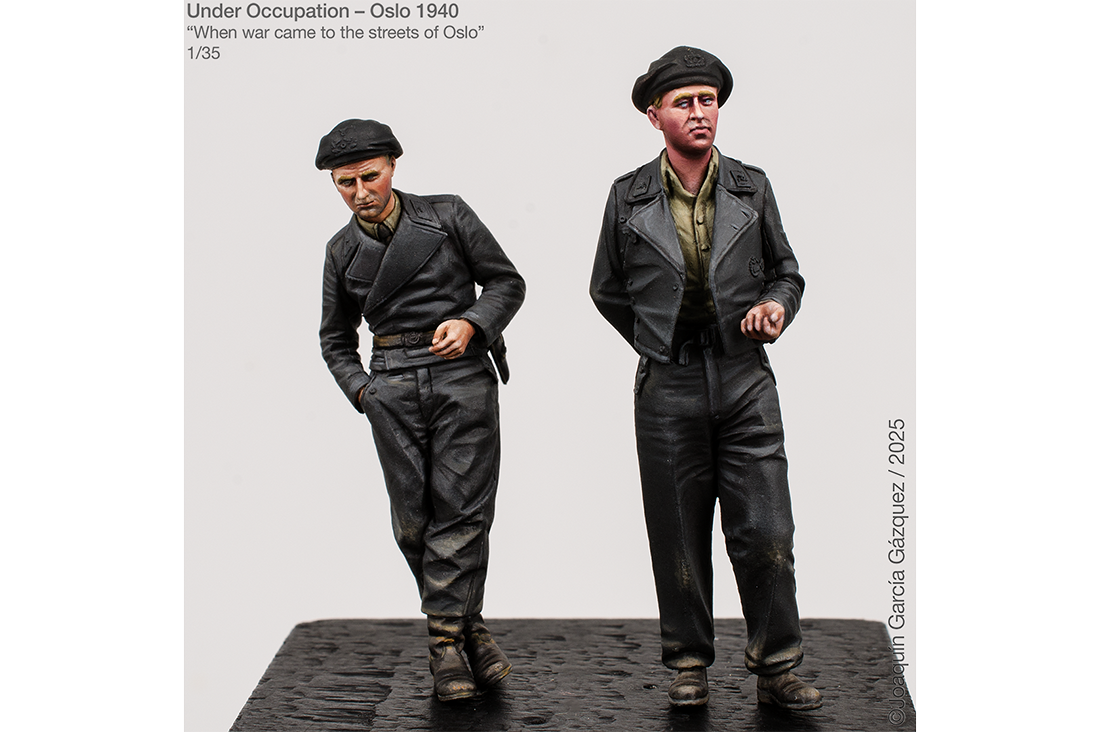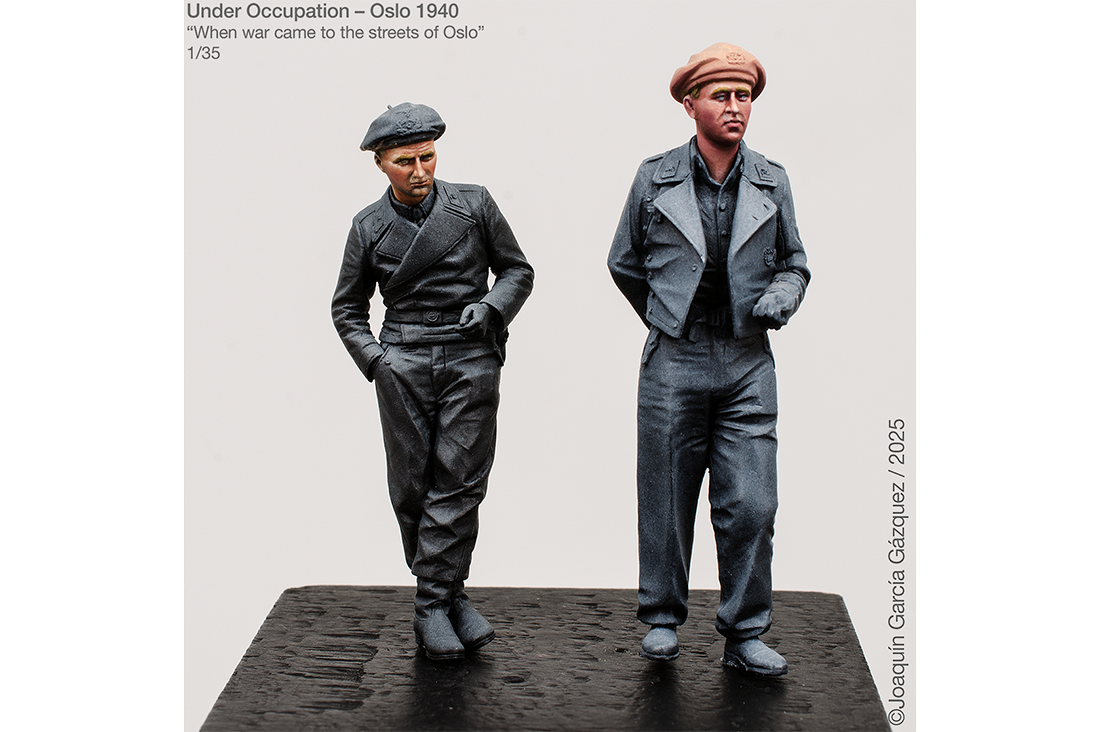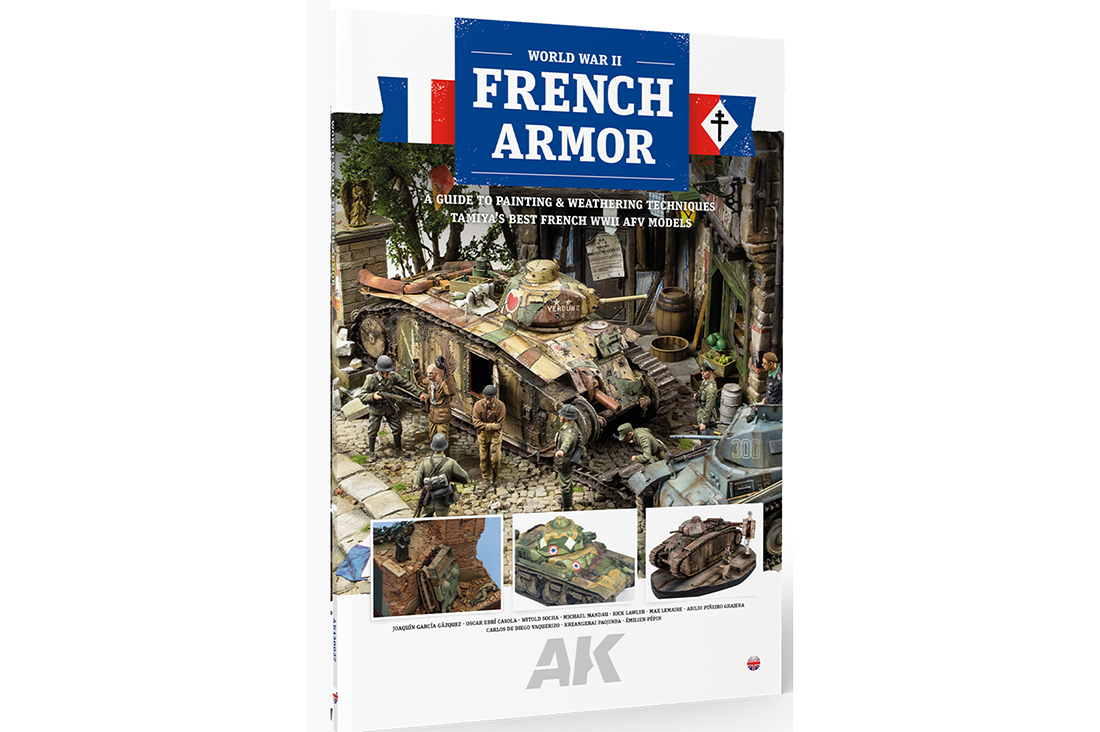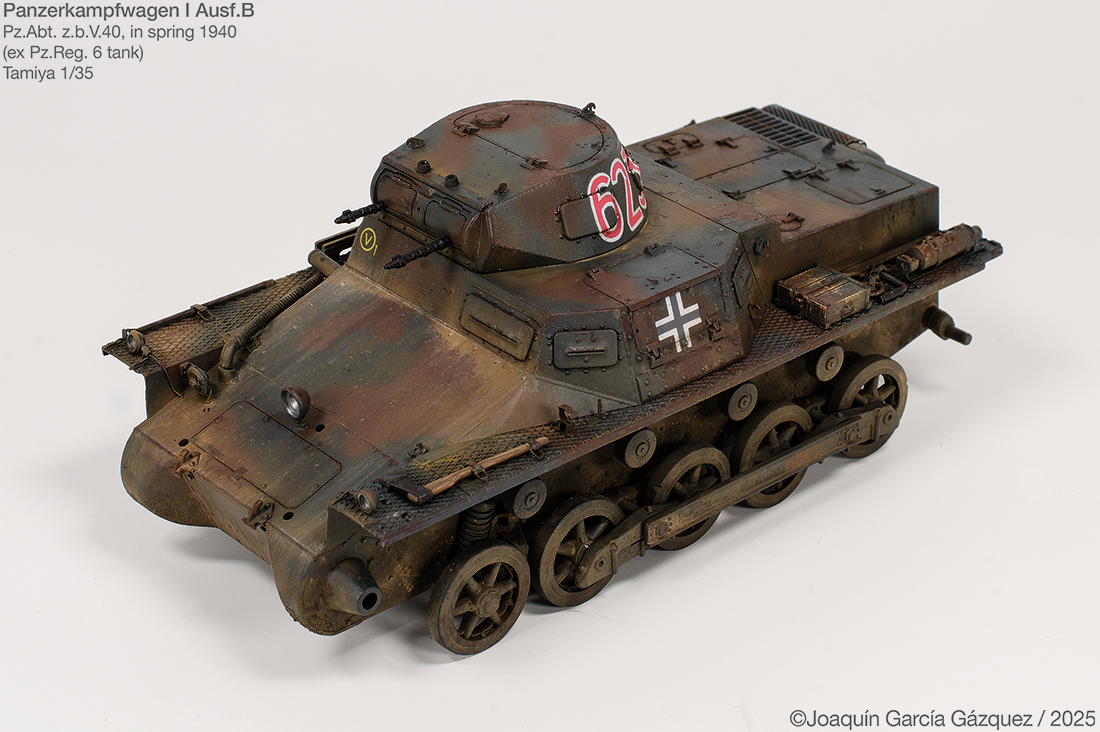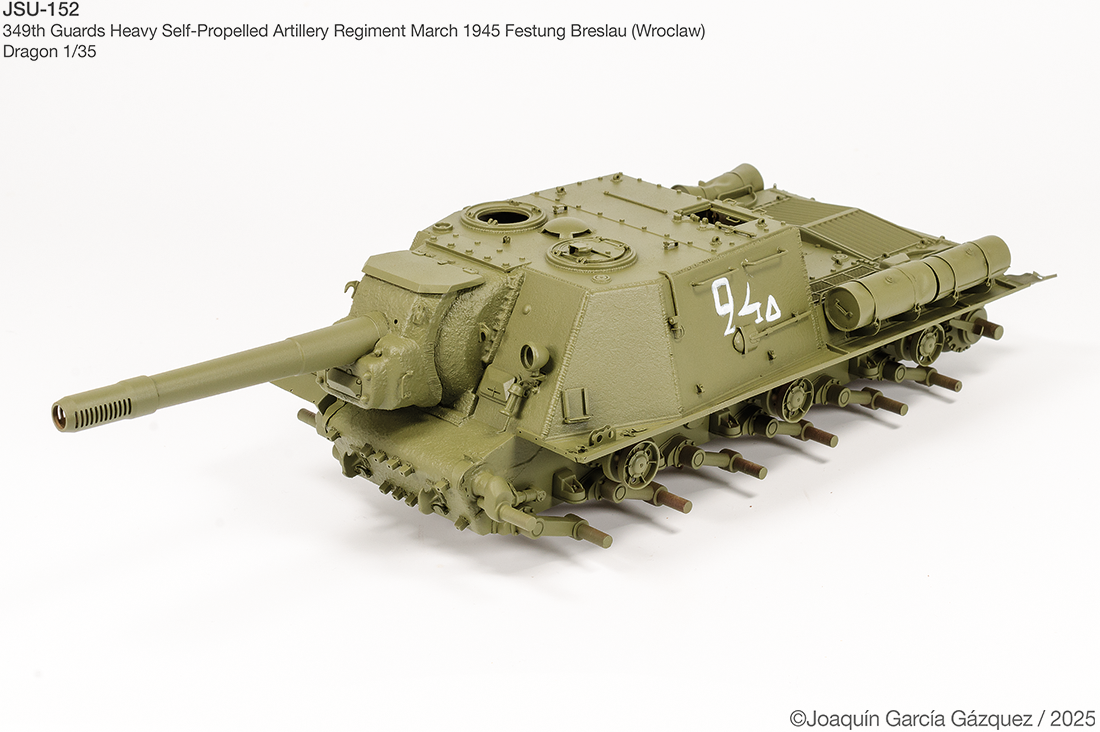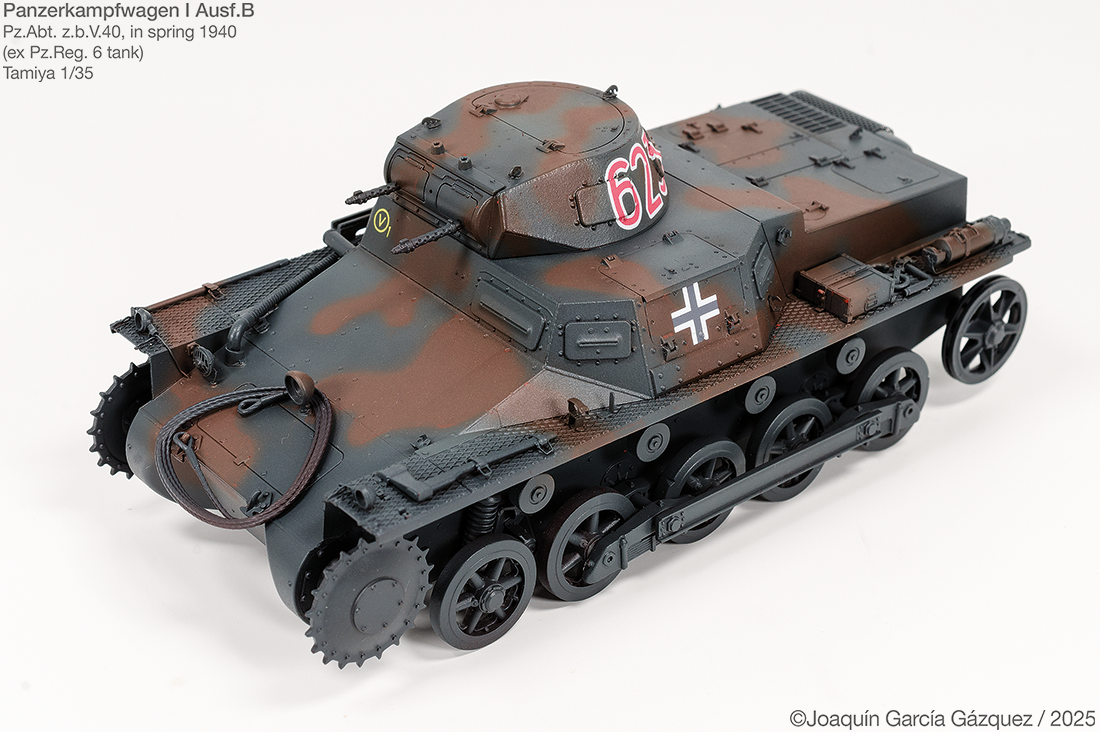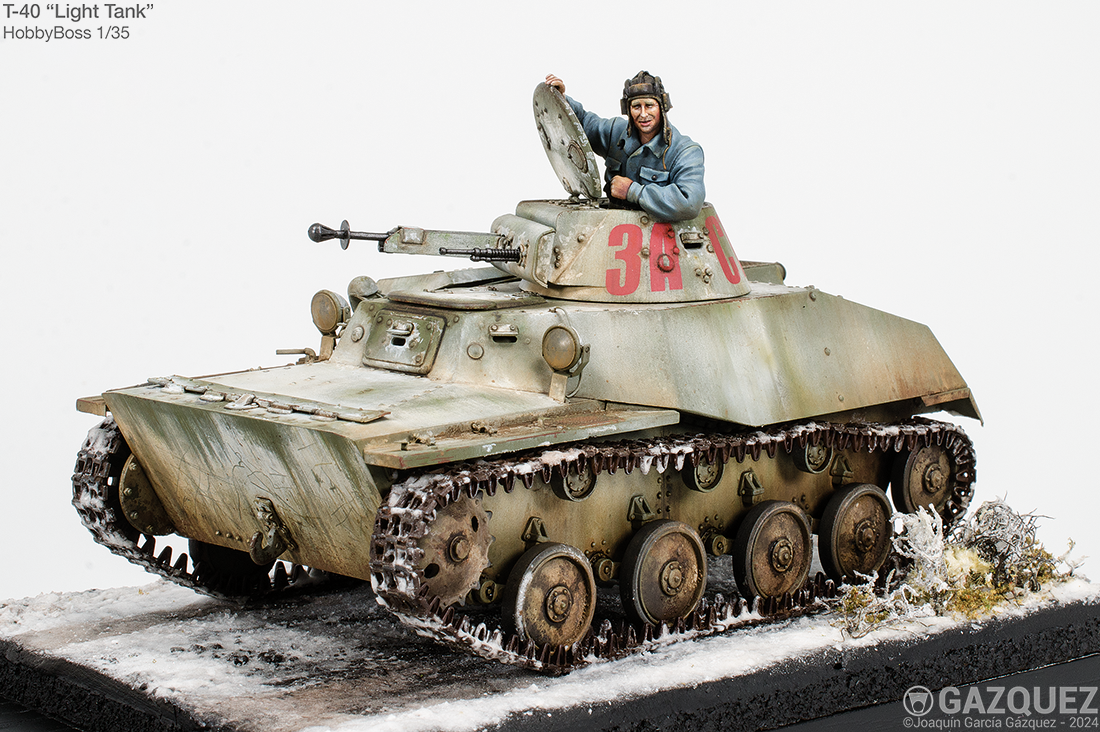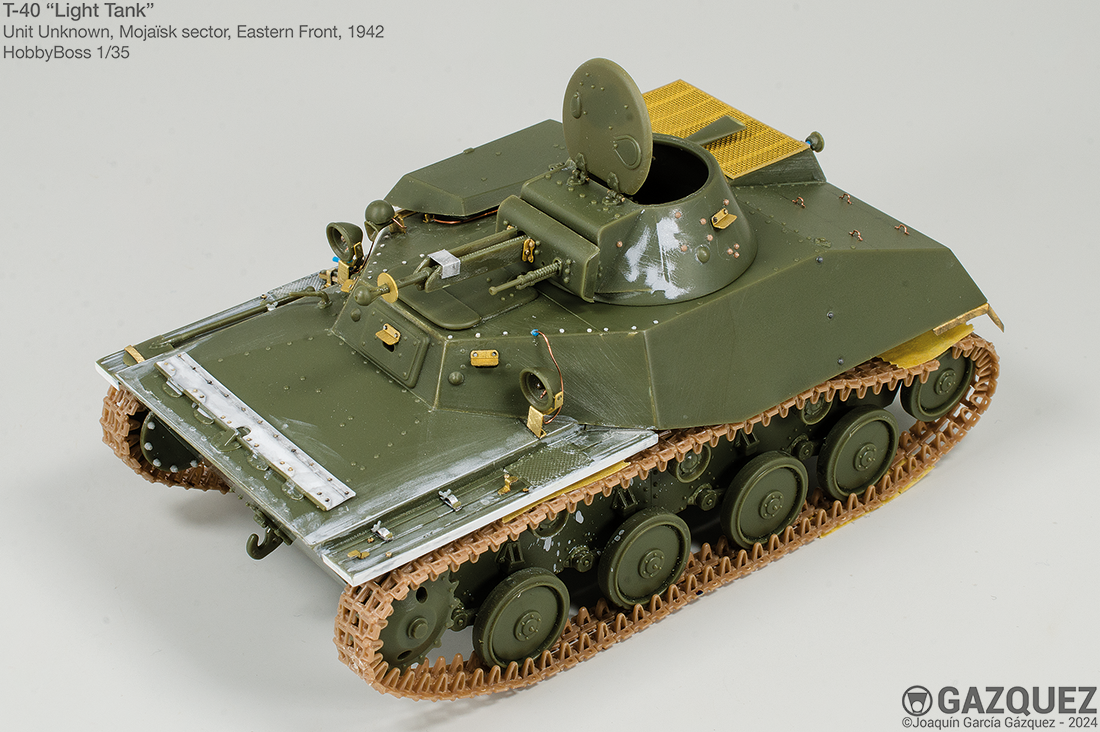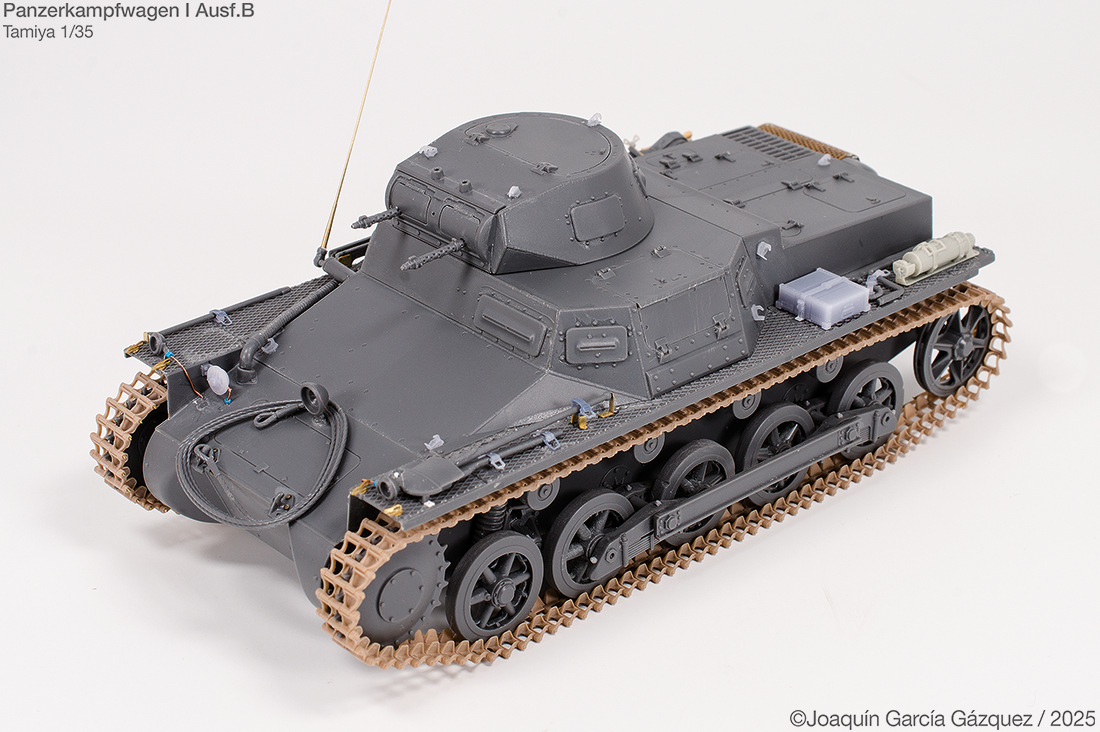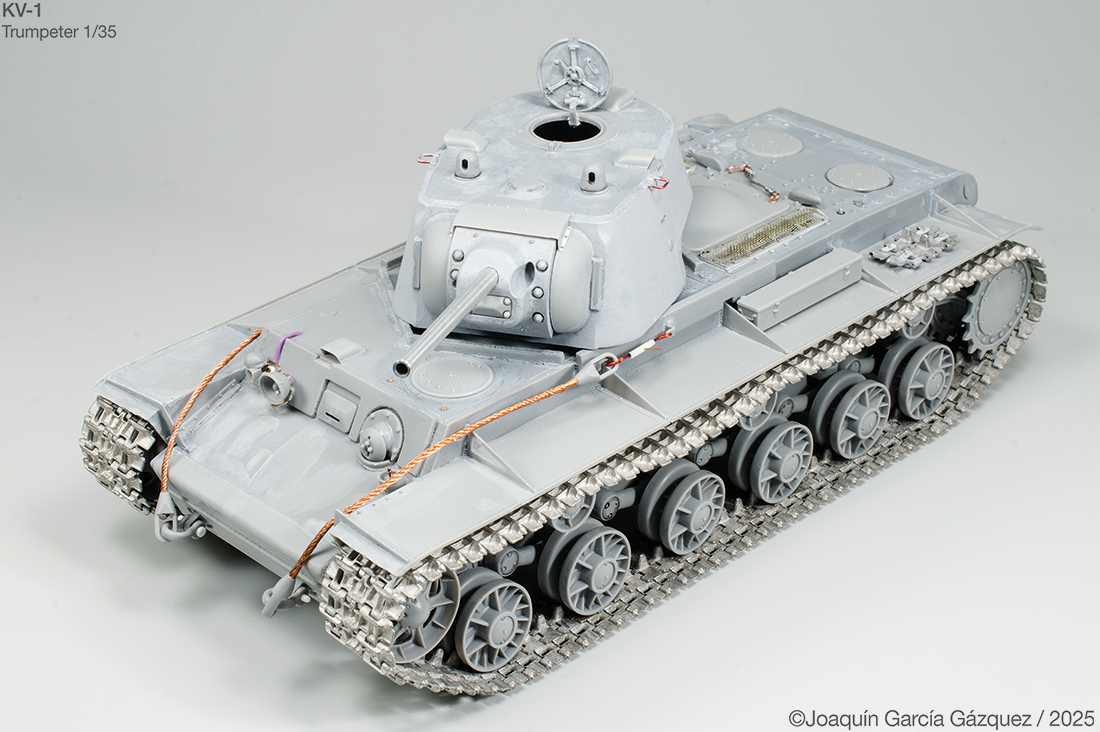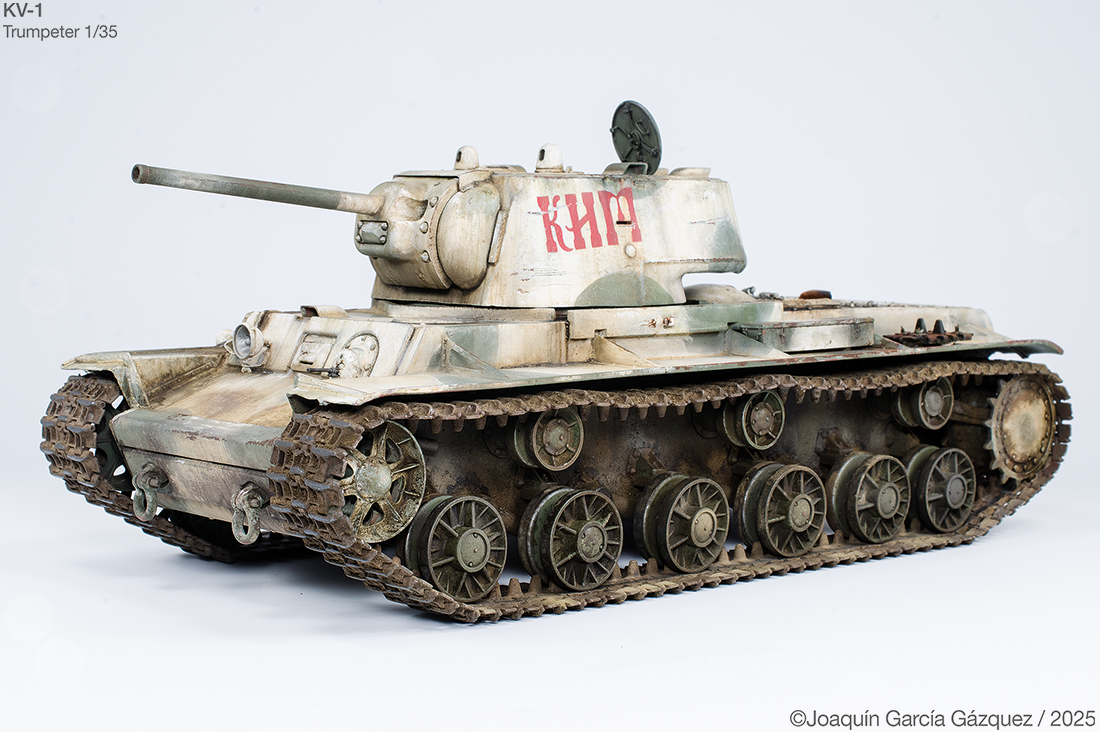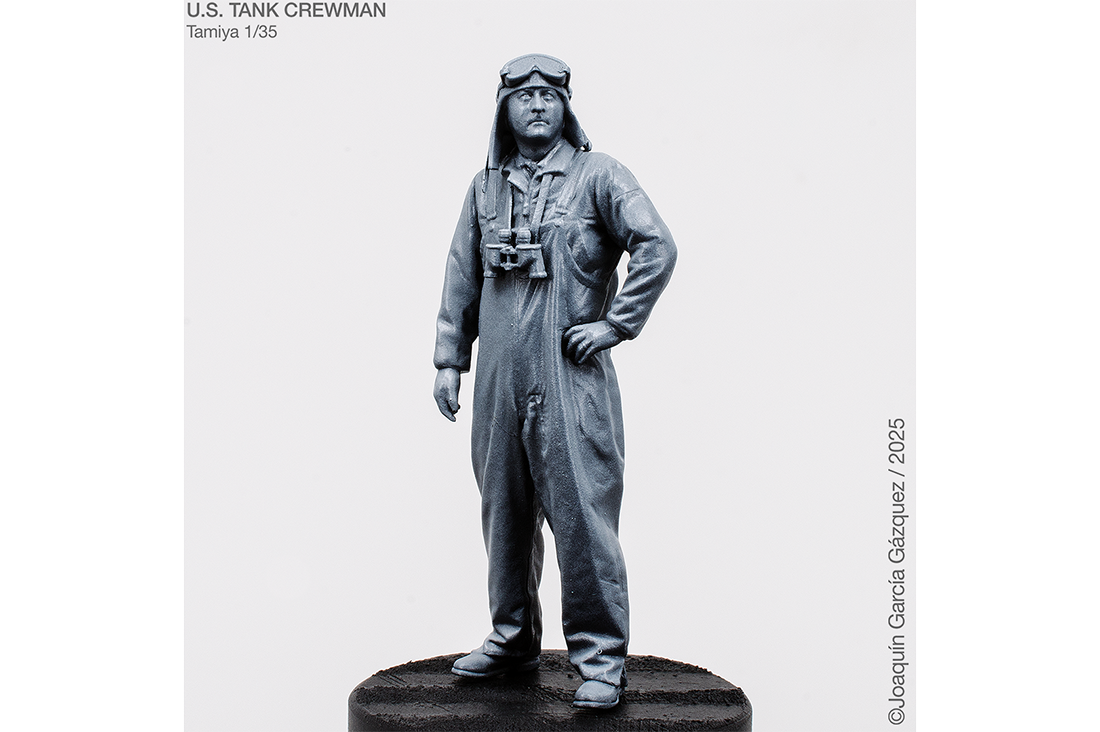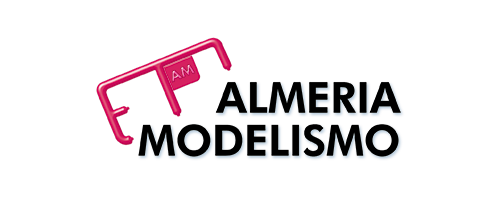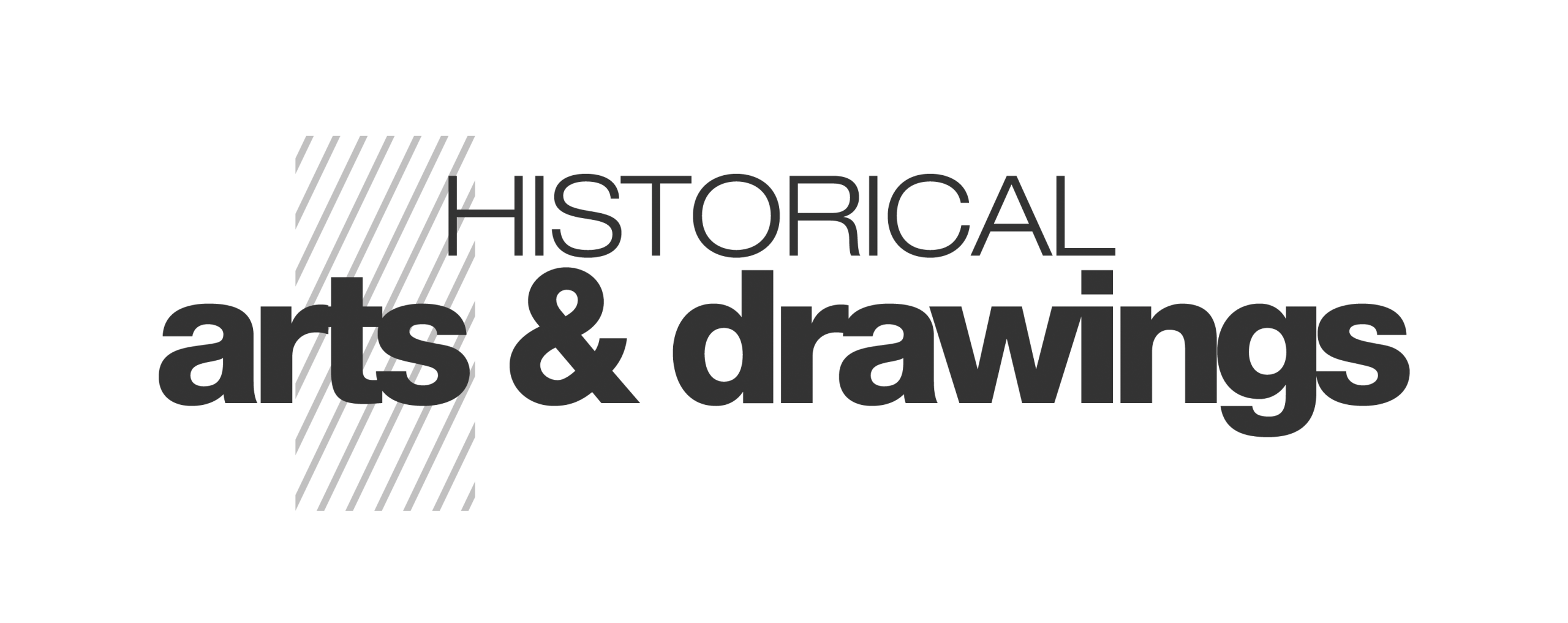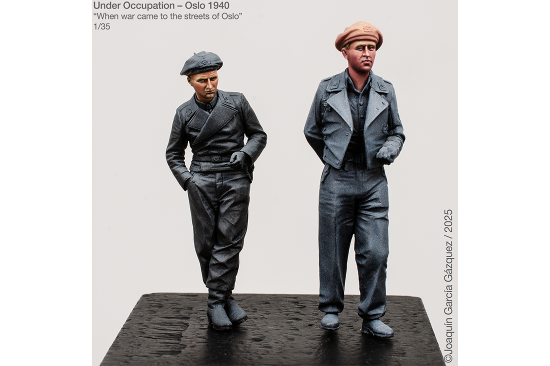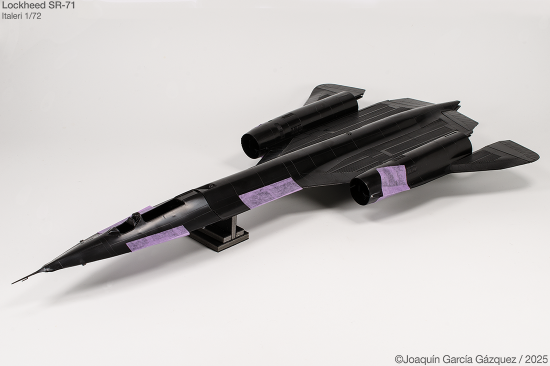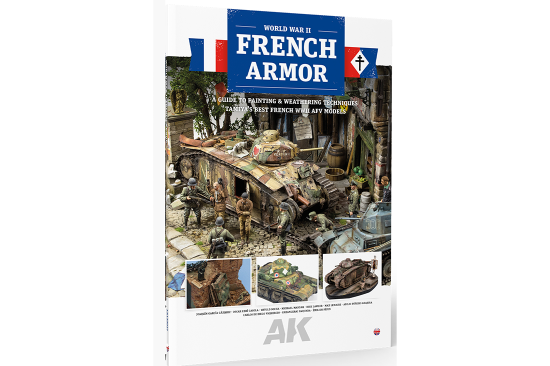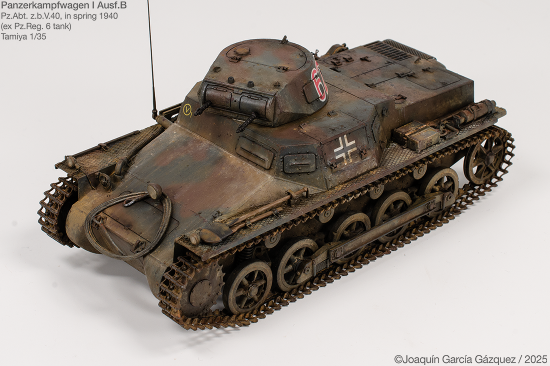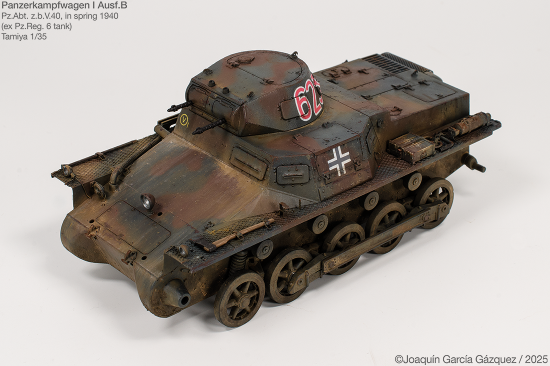WIP: “Under Occupation – Oslo 1940” 1/35. The Figures (2)
📸 The painting of the figures is already coming down the home stretch. All that’s left is the berets, piping, badges, buttons, a final review, and a touch of dirt to achieve that authentic look of soldiers in the field. I’m looking forward to seeing the black uniforms with pink...
WIP: “Under Occupation – Oslo 1940” 1/35. The Figures
¡Hola a todos! Os comparto el progreso de las figurillas que formarán parte de la próxima viñeta ambientada en Oslo, junto al Panzer I Ausf. B recientemente posteado en este mismo blog. Esta formada por una figura de Alpine y otra de Arto, aprovecho para explicar algunas de las técnicas...
WIP: SR-71 Blackbird ; Italeri 1/72. – Entre el Reto y la Nostalgia –
– Between Challenge and Nostalgia – One summer in the 1980s, I built and painted this same model. At that time, I didn’t even know that repanelling existed. I painted it with black Humbrol spray paint, and the resulting texture was literally good enough to scratch your back with. Unfortunately,...
Artículo: Char B1 bis en «FRENCH ARMOR» de AK Interactive
En este monográfico de AK he publicado mi trabajo sobre el Char B1 bis de Tamiya a escala 1/35, con el vehículo y el terreno por un lado, y la figura por otro. Podéis ver un completo paso a paso de los procesos que he utilizado, resultando un total...
Finished: Panzerkampfwagen I Ausf.B; Tamiya1/35
Now that the Panzer I Ausf.B is finished, it’s time to prepare the scene to display it as it deserves. All the weathering has been done with oils and pigments. I hope you like it. Best regards. / Terminado el Panzer I Ausf.B, ahora toca preparar la escena para mostrarlo...
WIP: Panzerkampfwagen I Ausf.B; Tamiya1/35. The weathering starts
Now that you have the first layer of weathering, with its distribution and textures, it is time to differentiate between areas, parts, and elements through treatment. Step by step. / Ya tiene la primera capa de weathering, con su distribución y texturas, ahora toca ir diferenciando mediante el tratamiento zonas,...
WIP: JSU-152, Dragon 1/35. Green 4BO applied
I’m taking advantage of these hot days to prepare some airbrush bases so I can then proceed with ageing them with a brush. So far, I’ve applied the base coat to this JSU-152 with AK Real Colors 4BO Green and hand-painted the unit insignia. The next step will be to...
WIP: Panzerkampfwagen I Ausf.B; Tamiya1/35. Airbrush base done!
Airbrush base finished and model ready for the most fun part: the weathering. I used Star Decals to represent a model in Norway, a very interesting campaign that is rarely covered by modellers. In my opinion, the initial camouflage is very attractive and suits the Panzer I Ausf. B particularly...
Gallery: T-40
Scale 1/35 – Hobbyboss model, Verlinden Figure with Hornet Head – Mojaisk Sector near Moscow, 1942 – Release Date: 2024
WIP: T-40 Assembly Pictures
WIP: Panzerkampfwagen I Ausf.B; Tamiya1/35
Ready to paint this little gem from TAMIYA(タミヤ), to which I have made some improvements, some of which were really unnecessary. I have added some resin-printed parts such as tool fasteners, hooks, etc. The hooks are fine because they have small holes, but the tool fasteners are very fragile and...
WIP: KV-1 Model 1942 Heavy Cast Turret, Trumpeter 1/35
After the KV-1 Gallery, here are some photos of the assembled model prior to painting. You can see that there are several accessories that are not included in the photos of the painted model, but as I mentioned, my original idea was different, and I’m not sure if I’ll...
Gallery: KV-1 Model 1942 Heavy Cast Turret, Trumpeter 1/35
After a few days of rest and before showing you new assemblies and pieces, I’d like to show you this model that I finished in 2020, five years ago now, and I don’t think I’ve posted a gallery of it yet. I used it for some processes in my books...
WIP U.S. Tank Crewman, Tamiya 1/35.
Ready to paint this beautiful figurine of the new TAMIYA(タミヤ) batches. I have improved it by adding the Polaroid goggles with the strap, detailed the ‘Winter Tankers Cloth Helmet’ with the straps of the chinstrap and I have also added some binoculars to give it more interest. With this one...
WIP: JSU-152, Dragon 1/35.
It’s time to bring back this old Dragon mould, which is over 30 years old. I assembled it about 20 years ago, but it had an accident and several pieces broke. I kept everything in a box until now… I’ve repaired the damage and fitted it with some beautiful chains...
